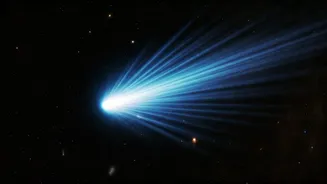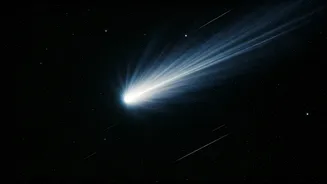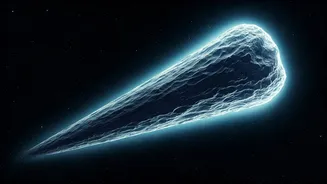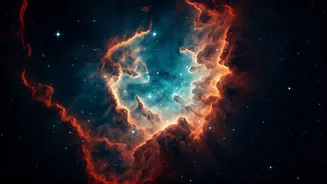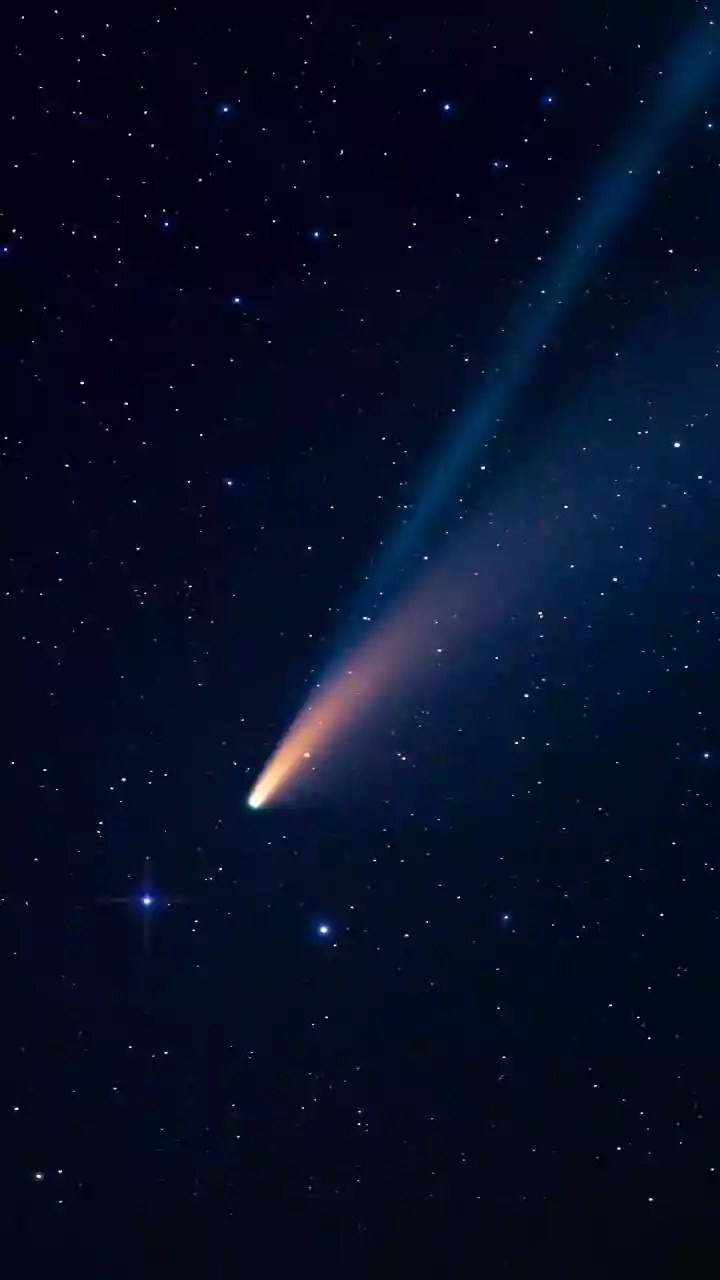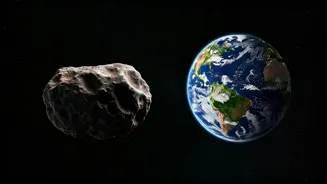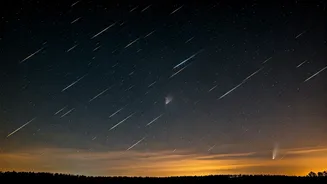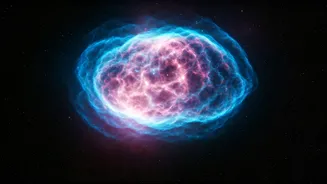A Cosmic Wanderer
Interstellar comet 3I/ATLAS, a celestial traveler hailing from outside our solar system, has been making its presence known. Its arrival presents a rare
and exciting opportunity for scientists to study an object formed in a star system far, far away. The comet's journey through our cosmic neighborhood allows for unprecedented investigations. Scientists have been keenly observing the comet, utilizing powerful telescopes like the Gemini South Observatory and the Hubble Telescope. These tools have provided detailed images, revealing the comet's structure and behavior. Additionally, spacecraft, including those orbiting Mars and Jupiter, are poised to collect valuable data as 3I/ATLAS passes by. Researchers are especially interested in the comet's tail, which contains material shed by the comet and is key to understanding the composition of the interstellar invader. One study showed that comet 3I/ATLAS is leaking water at a high rate, similar to a fire hose running at full blast.
Observational Revelations
Through various observations, scientists have made noteworthy discoveries about 3I/ATLAS. The Hubble Telescope captured the comet enveloped in carbon dioxide fog. The Gemini South Observatory's image taken on August 27 clearly showed the dust tail. The ion tails, though often faint, have also been the subject of intensive study. A particularly exciting prospect involves the Juno spacecraft, which could potentially be showered with charged particles from the comet. Furthermore, the Mars orbiters, and the European spacecraft are ready to observe the comet as it approaches the Red Planet, hoping to gather data about its interaction with the solar wind. These observations enable scientists to learn more about the composition of interstellar comets and the star systems from which they originate. Sampling the comet's tail is one way scientists can get a direct sample of such an object. Samuel Grant of the Finnish Meteorological Institute, who led the research, said that is the closest we can currently get to a direct sample of such an object, and thus a different part of the galaxy.
Unique Opportunities
The arrival of 3I/ATLAS provides a golden opportunity to study the interiors of interstellar comets, offering clues about the star systems that birthed them. Scientists are using this chance to collect data that can only be obtained during such a close encounter. The ability to directly sample material from a comet beyond our region of the cosmos is almost a once-in-a-lifetime opportunity. The data collected could reveal much about the processes that formed the comet. The European Mars orbiters were particularly focused on the comet's passage. Furthermore, the spacecraft's alignment with the comet's tail and the sun is an opportunity to sample the materials directly. With new computer code, scientists can identify the alignments, a great opportunity to explore the comet. This research is also paving the way for future interstellar comet missions; studies show that launching flyby missions to visiting interstellar comets is both feasible and affordable. The Europa Clipper spacecraft may also be involved in this exploration, with the potential of being impacted by charged particles from the comet's ion tail.
